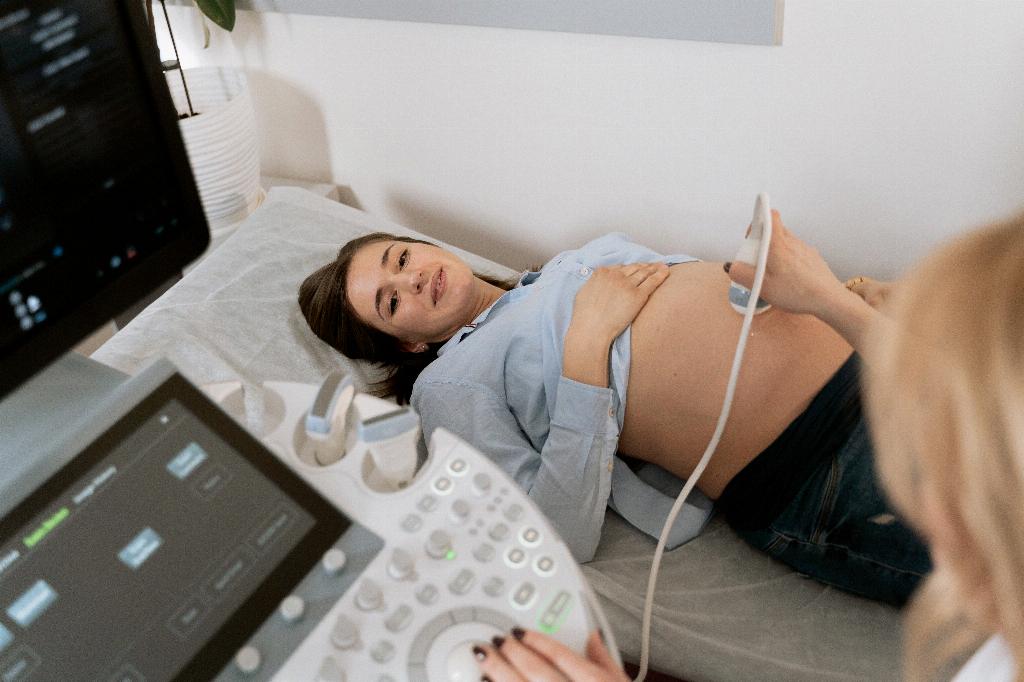When it comes to the occurrence of gestational sac with ectopic pregnancy, it’s essential to delve into the details and understand the nuances involved. One must consider the absence of an intrauterine gestational sac on abdominal ultrasound and the beta-human chorionic gonadotropin (\u03b2-hCG) level to make a proper assessment of the situation.
Significance of Absence of Gestational Sac
The absence of an intrauterine gestational sac is a crucial indicator when evaluating a possible ectopic pregnancy. The inability to visualize a gestational sac in the uterus during an abdominal ultrasound examination raises suspicions of an ectopic pregnancy.
Role of Beta-human Chorionic Gonadotropin Level
The beta-hCG level plays a significant role in determining the likelihood of an ectopic pregnancy. A beta-hCG level exceeding 6,500 mIU per mL, in conjunction with the absence of a gestational sac in the uterus, further supports the possibility of an ectopic pregnancy.
Diagnostic Challenges
Diagnosing an ectopic pregnancy can pose challenges due to the varied clinical presentations and imaging findings. In cases where a gestational sac is not visualized in the uterus, further diagnostic interventions may be necessary to confirm the presence of an ectopic pregnancy.
Importance of Timely Intervention
Timely intervention is crucial in the management of ectopic pregnancies to prevent potential complications. Detecting the absence of a gestational sac and elevated beta-hCG levels early on can guide healthcare providers in making prompt decisions regarding treatment options.
Imaging Modalities in Ectopic Pregnancy
Various imaging modalities, such as transvaginal ultrasound and serial beta-hCG measurements, are employed in the assessment of ectopic pregnancies. These tools aid in evaluating the presence of a gestational sac outside the uterus and monitoring the beta-hCG levels over time.
Factors Influencing Gestational Sac Visualization
Several factors can influence the visualization of a gestational sac during ultrasound examinations, including the gestational age of the pregnancy, the position of the uterus, and the expertise of the healthcare provider performing the scan.
Complications Associated with Ectopic Pregnancy
Ectopic pregnancies can lead to serious complications, such as rupture of the fallopian tube, internal bleeding, and potential fertility issues. Early detection and appropriate management are essential in minimizing the risks associated with ectopic pregnancies.
Clinical Presentation of Ectopic Pregnancy
Patients with ectopic pregnancies may present with symptoms such as abdominal pain, vaginal bleeding, and shoulder tip pain. A thorough clinical assessment, in conjunction with imaging studies and laboratory tests, is essential in the diagnosis of ectopic pregnancies.
Management Strategies for Ectopic Pregnancy
The management of ectopic pregnancies typically involves medical, surgical, or expectant approaches, depending on the clinical presentation and stability of the patient. Close monitoring and follow-up care are essential in ensuring favorable outcomes.
Conclusion
In conclusion, the absence of a gestational sac in the uterus on imaging studies, along with elevated beta-hCG levels, raises suspicion for an ectopic pregnancy. Prompt diagnosis and appropriate management are crucial in addressing ectopic pregnancies and minimizing potential complications.

